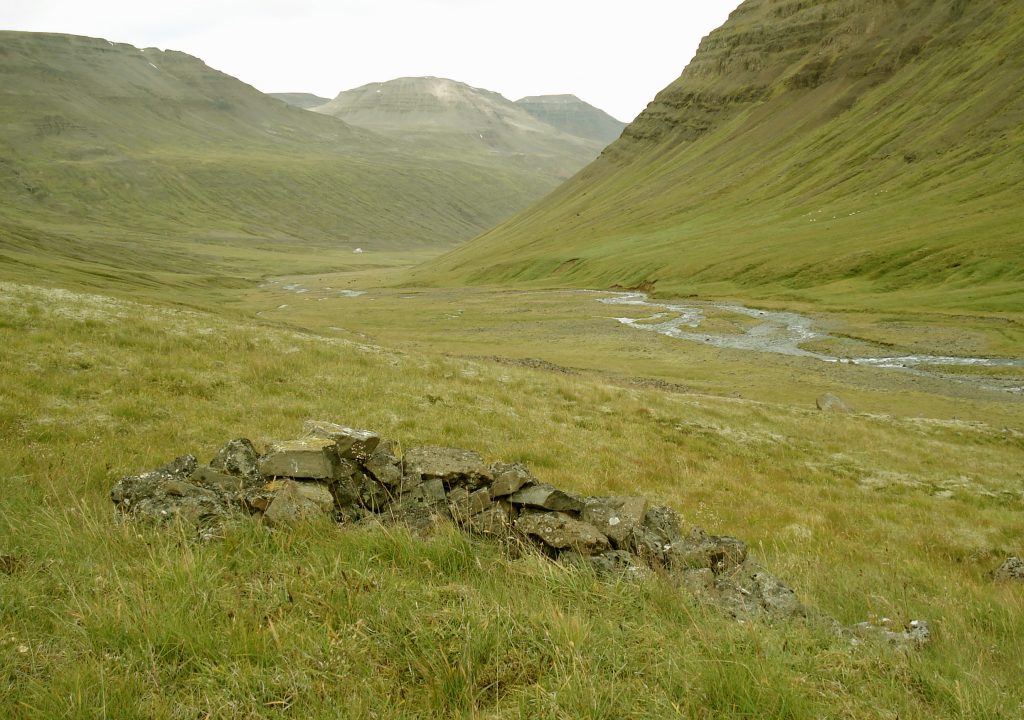– likheter och skillnader idag jämfört med för tio år sedan
av Katharina Leibring
Välbekant är att dagens sällskapsdjur ofta får samma namn som dagens barn. Vid en undersökningar jag gjorde för cirka tio år sedan om vilka namn som då gavs till hundar och katter, visade statistiken att katterna gavs fler ”djurtypiska” namn, typ Gosan, Mysan, Sessan, Murre, Misse, än hundarna. Bland dem var det särskilt vanligt att tikar (honhundar) fick samma namn som småflickor.

Detta fenomen var ganska frekvent också för honkatter, medan det för handjur av båda arter användes ett större och mer varierat namnförråd. Handjuren fick också personnamn, men dessa kom gärna från fiktiva eller verkliga förebilder, och överensstämde inte lika mycket med namntoppen för småpojkar. Jag skymtade också en trend där omoderna barnnamn, t.ex. Sören, Lennart, Torsten, gavs till djur.
En del av de här omoderna namnen har sedan börjat ges till småbarn – kanske främst enligt tregenerationsregeln för namns återkomst, men jag ser det som sannolikt att bruket av namnen som djurnamn underlättade så att namnen blev användbara igen. Detta skedde genom att presumtiva namngivare vande sig vid att höra de här namnen på sällskapsdjur, och att namnen på så vis kom i omlopp i namnbruket och sipprade in i den del av medvetandet som ägnade sig åt namngivning. Namnen upplevdes som moderna och kunde därmed också ges till barn.
Hur ser det ut idag, tio år senare? Kan någon utveckling eller förändring skönjas? Fortsätter populära småbarnsnamn att användas som djurnamn? De populära småbarnsnamnen är delvis de samma (Alice, William m.fl.) men nya namn har tillkommit på topplistorna. Genom att undersöka nyregistreringar hos försäkringsbolaget Agria för kattungar födda 2022 kunde jag göra ett antal iakttagelser. Jag ska påminna om att namn på djur gärna används könsöverskridande, men eftersom den statistik jag har tillgång till är könsuppdelad, och inga namn återfinns på båda listorna, kan vi här bortse från den aspekten.
Flera av de idag populära småbarnsnamnen (bland de som inte var lika vanliga 2011) är också mycket använda som namn på dagens kattungar. Runt 40 av de 100 vanligaste kattungenamnen finns även på 100-i-topplistorna för barn namngivna 2022. Samma antal gäller för de namn som är nya på kattnamnslistorna jämfört med 2011. Intressant här är att det har skett en större förändring bland hankatterna, det har alltså kommit in fler nya namn där. Vilka är då de nya kattnamnen, och vilka har blivit mindre populära?
Namn på honkattungar 2022
Nya honkattsnamn, som också är populära småflicksnamn, är Juni, Lily, Rut och Zoe. Några för närvarande omoderna flicknamn (men som är på försiktig uppgång) på listan är Kerstin, Siv och Sonja. (Här kan tillfogas att en svensk kändiskatt med stort Instagram-konto bar namnet Kerstin Strömstedt.) På kattnamnslistan, men inte på småflickslistan, finns namnen Chanel, Kiwi, Pepsi och Pixie, alla kända som vanliga namn givna till olika djurarter.
Några namn som har försvunnit från honkatternas topplista är de traditionella kattnamnen Busan, Flisan och Mysan. Borta är också Ida, Kajsa och Tindra – alla namn som minskat i popularitet som flicknamn.

Namn på hankattungar 2022
På hankattsidan är Alfred, Dante, Frans, Loke, Milo, Oliver och Sam nya – alla också populära småpojksnamn idag. Nya som kattnamn är också de mer omoderna mansnamnen Benny, Hasse, Sven och Sören, liksom Albus, Aslan och Baloo; de senare kända från film och litteratur.
Hela 21 hankattsnamn har bytts ut från 2011, däribland kändisnamn (på katter eller personer) som Figaro, Gustav, Messi, Måns, Rocky, Tarzan och Tyson. Också de fortfarande populära pojknamnen, i toppen sedan millennieskiftet, Hugo, Max och Oskar, tycks ha tappat sin dragningskraft hos kattägarna.
Kattnamn som kommunikationsmedel
Om vi studerar namnen ur en kommunikativ synvinkel kan vi konstatera att Xenofons utsaga att djurnamn ska vara tvåstaviga (för att vara lätta att säga och uppfatta) fortfarande håller ganska bra. Den gamla föreställningen om att djurnamn ska innehålla ljuden /i/ och/eller /s/ för att lätt kunna uppfattas av det namngivna djuret tycks inte ha samma genomslag hos namngivarna idag – flera av de nya namnen innehåller inget av dessa ljud.
Frågor kring kattungenamnen
För att sammanfatta: kattungars namn visar nu ännu större överensstämmelse med populära småbarnsnamn än vad de gjorde för tio år sedan. De traditionella kattnamnen med ursprung i utseende eller läten har minskat i popularitet. Människobarn och djurbarn tycks namnges i symbios. Det verkar också som om namngivningen av handjur har tagit ett steg närmare hondjuren i det att ännu fler populära småpojksnamn används idag.
Att en del av de populärkulturella namnen byts ut när deras förebilder blir passé väcker frågor: Har namnen inte fått helt rotat fäste som djurnamn? Vad beror det på att namn med tuffa förebilder, som Rocky och Tyson, blivit mindre populära? Är tuffhet inte längre lika önskvärt i djurnamn, är förebilderna mindre kända eller har de här namnen blivit allt för vanliga på katter? Söker kattnamngivarna unika namn på samma sätt som många nyblivna föräldrar gör idag när de namnger sina barn?
Att läsa mer:
- Agria: Namn på kattungen 2022 – så döper vi våra kattungar.
- Leibring, Katharina, 2012: Staffan i den svenska kattnamnsskatten. I: Namn på stort och smått. Vänskrift till Staffan Nyström den 11 december 2012. Red. av Katharina Leibring (huvudred.), Leif Nilsson, Annette C Torensjö & Mats Wahlberg. Uppsala. S. 141–148.
- Leibring, Katharina, 2015: Namn på sällskapsdjur – nya mönster och strukturer. I: Innovationer i namn och namnmönster. Handlingar från NORNA-symposiet i Halmstad 6–8 november 2013, red. av Emilia Aldrin & al. Uppsala: NORNA-förlaget. S. 134–152.
- Meldgaard, Eva Villarsen, 1993: Kattens navn. 2000 danske kattenavne. Værløse: Billesø & Baltzer.


